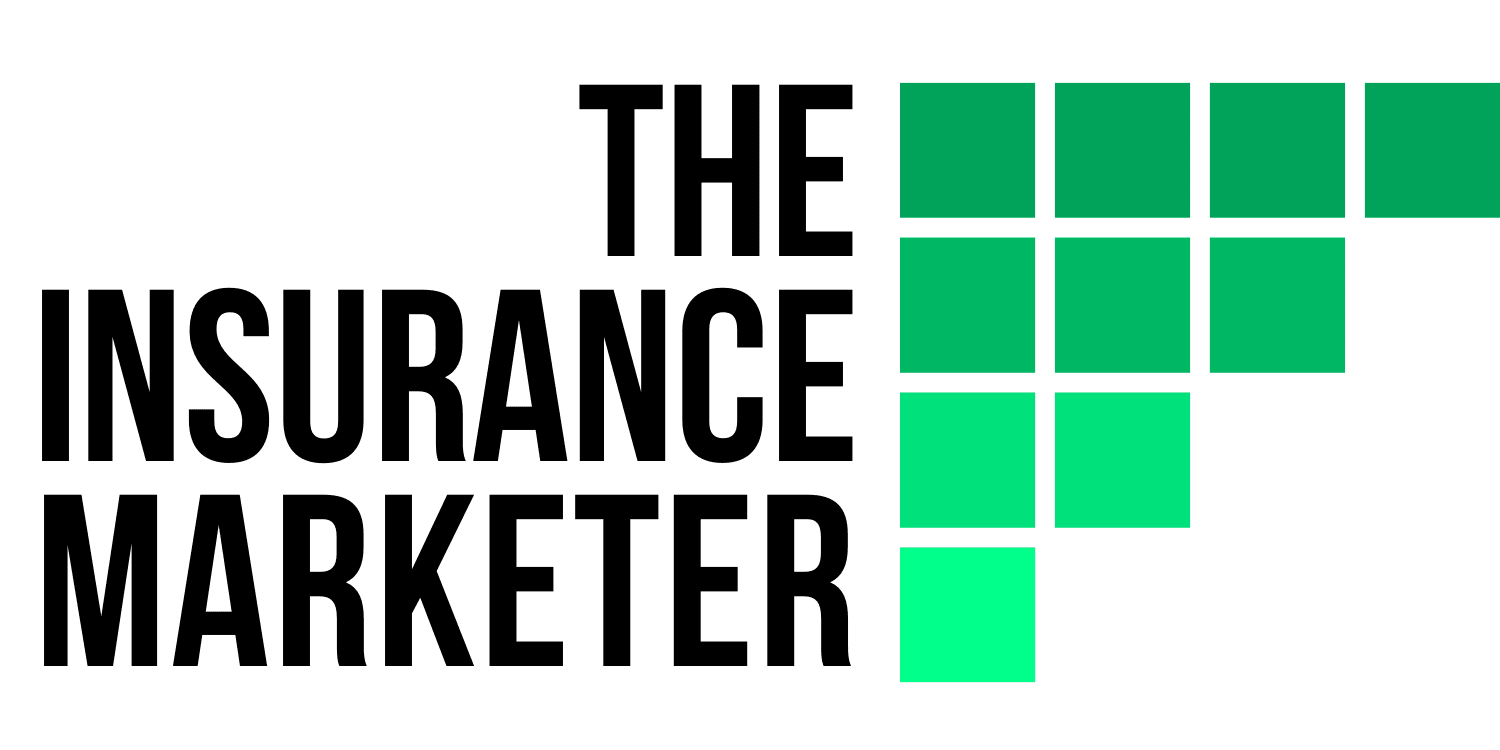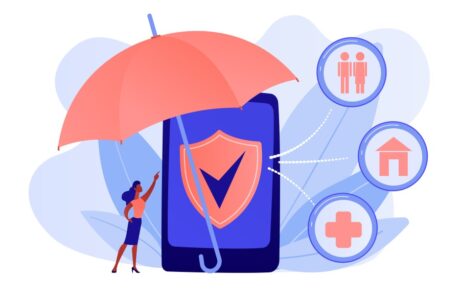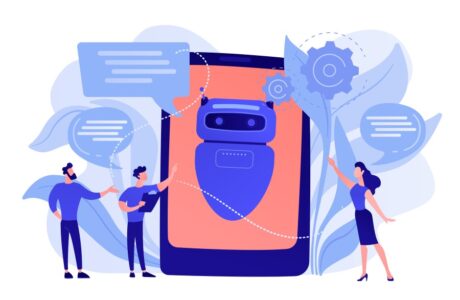Tesla started to offer its auto insurance in California since 2019 and its plan to expand to Texas, Illinois and Washington has already been taken place.
In 2020, Ford began to sell pay-per-mile auto insurance (as known as Usage-Based Insurance, UBI) through a partnership with insurtech Metromile. In the same year, General Motor launched its OnStar Insurance Agency to offer auto insurance that rewards safe drivers.
And recently, startup automaker Rivian also confirmed to partner with Nationwide to offer UBI to its customers.
With automakers selling insurance to car buyers, what does it mean to the insurance industry? How will it change the way auto insurance is distributed? How to stay competitive if you work for an auto insurer?
Why are automakers entering the insurance market?
Let’s examine a few reasons why automakers are offering insurance to their customers:
Telematics made data more accessible
Thanks to the development and popularization of telematics.
This technology inside a car can track how much you drive, how fast you accelerate, how hard you brake, or how good you make your turns. Usage-based insurance (UBI) calculates the rate based on their driving behavior and rewards safe drivers with lower premiums.
With connected vehicles or through a mobile phone, more data available for determining the premium based on how people drive.
Now carmakers can have access to the data created by these devices. This will allow them to understand their clients in a new dimension. With data generated from driving habits and behavior, they can have more insights for developing new products, more personalized pricing models, or real-time service delivery.
ALSO READ:
The UBI market will continue to grow rapidly
According to Acumen Research and Consulting, the global usage-based insurance (UBI) market is expected to grow at CAGR around 29% and reach around US$190 billion by 2026.
Automakers can pivot their relationship with their existing customers by including auto insurance into the package as well as their balance sheets.
A better customer experience
By offering insurance directly from the manufacturer, it will create a more direct, in return a better customer experience for the consumers.
For example, every Rivian vehicle is equipped with the company’s Driver+ suite of safety technology. Rivian Insurance customers will automatically receive a Driver+ rate reduction, in addition to any discounts for using the feature that automatically steers and adjusts speed on the highway. (Source)
Lower Premium Rates
Electric vehicle customers, mostly Tesla’s, have often complained about getting high rates on their auto insurance.
As a marketing tool, Tesla Insurance claimed that their premiums are 20% to 30% lower than rivals. But it will only be available to selected customers.
It may be that Tesla chooses the less risky cases and sends more complex ones to insurers with more experience and appetite to handle them. Or they might be taking a cut on the insurance revenue to keep the customer with the brand.
Is it a competition for traditional carriers?
The answer is yes and no, depending on who underwrites the policies.
If a carmaker sets up a new entity to offer auto insurance – with more attractive rates, it will be a healthy competition, and that’s beneficial to customers.
That’s what exactly Tesla is doing with Tesla Insurance and General Motors with their subsidiary OnStar Insurance Agency.
But this is only one side of the coin. If an automaker is only distributing the insurance and outsourced the underwriting to an existing carrier, like Ford with Metromile and Rivian with Nationwide, it is only an added-value service to enhance the customer experience.
One thing is for sure, the marketing and distribution model of auto insurance, especially in the face of UBI, is being disrupted. Auto Insurance is being sold in a direct-to-customer (DTC) model, and on a much larger scale rather than through a middleman, like an insurance agent does.
How to combat on top of price?
Auto insurance, like many other lines, is a commoditized product. It’s all the same no matter where you get it from. And for decades, people have been buying on price and jump ship when they see better deals.
Now when automakers are entering the marketplace and vow to provide big savings to their customers, how should incumbents market their offerings to stay competitive?
ALSO READ:
On top of the price, here are the tactics insurance marketers can consider:
Take avantage of partnership distribution
Not every company has the tech expertise to produce spaceships, electric cars, and insurance policies under one roof, like Elon Musk’s. More than often, carmakers need to hop on quickly with an established business.
Like Ford with Metromile and Rivian with Nationwide, this type of business partnership lets the carmaker have access to the insurance value chain much like outsourcing.
While tying auto insurance with automakers makes a lot of sense, here are 2 other examples of partnerships that may inspire you.
Next Insurance – an online insurance provider for small businesses based in California, has recently formed a partnership with Amazon Business. Over 5 million of Amazon’s Business Prime members can have access to small-business insurance including general liability, professional liability, workers’ compensation and more, offered by Next Insurance.
Chubb – is one of the largest P&C insurance operators has entered into a partnership with Grab, an on-demand transportation and FinTech platform in Southeast Asia. Product coverage will include accident, hospitalization and critical illness insurance coverage to Grab’s 2.6 million driver-partners and will be accessible through the Grab driver app.
Carriers should constantly on the lookout to explore innovative means of distribution, especially through online marketplaces.
Offer bundle discounts
Who doesn’t want to save money on insurance? Auto and home insurance bundles are nothing new.
Homeowners with their own vehicles can potentially save money on their premiums by purchasing both policies from the same insurer.
Insurer should introduce more bundles with more savings that appeal to your customers. How about auto, homeowner/renter and pet bundles?
After all, it’s a win-win situation as customers buy more policies to save more from one carrier, the total premium per person will increase over time.
Build an insurance ecosystem to enhance the customer experience
McKinsey refers to insurance ecosystems as interconnected sets of services in a single integrated experience that enables insurers to embed their insurance products into seamless customer journeys.
Let’s look at a couple of examples:
Hippo, an insurtech specialized in homeowner insurance, offered smart home monitoring services to its policyholders. The system detects water leaks, smoke alarms, temperature changes, doors, garages, and windows opening and closing inside your home. Sensors will send alerts to a homeowner’s smartphone in case of abnormality.
ALSO READ:
With every Oscar plan, members get access to Oscar Care can schedule video and phone appointments with their network of high-quality providers.
Oscar also offers a search tool for their policyholders to easily find in-network doctors, hospitals, pharmacies, and more.
The insurance ecosystem is a value-added proposition that increases the engagement of the customers throughout the user journey. The more they depend on and engage with the service, the more loyal they will become.
Simplify the application process
In today’s world where you can literally buy anything in the comfort of your home, and choices are just a few clicks away, people are expecting Amazon-like buying experience even when it comes to insurance.
Haven Life aims to simplify and streamline the process of purchasing life insurance. A prospect can get quotes and apply for term life insurance entirely online.
They understand that almost half of Americans would like to skip medical exams when applying for life insurance. You can get approved for a policy within minutes without having to undergo a medical exam, ever.
ALSO READ:
Make the claim process easy
The claim experience is the make-or-break moment for all insurers. Done right, not only can you retain the customer but you will also get potential referrals. If the process is cumbersome and takes forever, customers will be driven away.
Lemonade first disrupted the insurance market by setting the world’s fastest record in paid claims. Customers can use their app to file a claim without filling out lengthy forms. The majority of claims are paid instantly and handled by their bot AI Jim.
And even if a claim is denied, you should show empathy by having your CS team to explain to your customer what went wrong and if there’s anything else that could be done.
What’s Next?
If automakers, online retailers, and ride-sharing apps can sell insurance directly to customers, I will not be surprised to get insurance for my phone screen or plasma TV from a shop/dealer or even a network provider at the point of purchase.
With technology like UBI and many others, the distribution of insurance will eventually evolve from the traditional agent-to-customer to the direct-to-customer model.
Until insurance agents become obsolete, insurance marketers have a lot of work to do by crafting customer journeys that will facilitate the process of prospecting, application, servicing, to filing a claim – without the middleman.
Read related posts to find out more:




